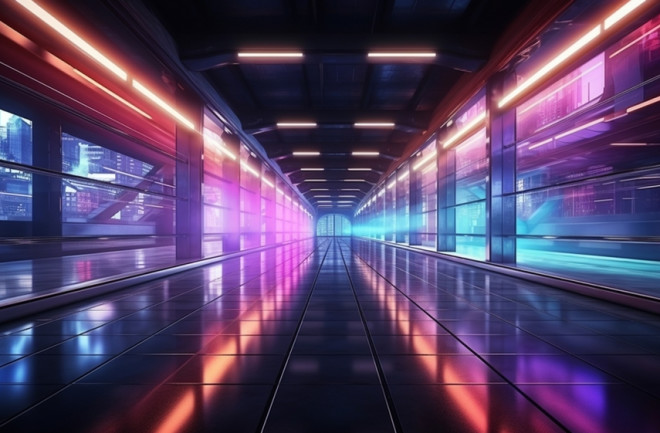Taken most broadly, artificial intelligence is the intelligence of machines. We’re seeing it more and more in everything from self-driving cars to facial recognition software to your smart refrigerator. For better or worse, AI is everywhere. According to many experts, it will bring on the next industrial revolution, changing the face of humankind and what we’re capable of in our daily lives.
Synthetic reality is the next step in AI, where virtual or digital realities are generated using artificial intelligence. Large amounts of data are collected and used to build new worlds and creations that can be used to augment reality. Synthetic reality is the synthetic version of the real world with all its atomic and quantum elements, behaviors, and natural phenomena.
What Synthetic Reality Can Do
According to Anderson Rocha, head of the Artificial Intelligence Lab at the University of Campinas in São Paulo, Brazil, and author of a recent preprint on the subject, synthetic reality is when you attach a story and narrative to synthetic media so that the entire reality is generated through AI.
“Now you can create everything: the text, the image, and the audio, all through AI,” says Rocha.
Synthetic reality uses AI to generate a world that “obeys fundamental natural laws.” AI, says synthetic reality expert Matt White, “is capable of synthesizing human-devised systems and social constructs” like the economy, political systems, government functions, and even the basis of human culture.
What was once an immersive virtual reality world is now based on AI that goes beyond imitating data to becoming it.
“We’re not there yet, but we’re headed in that direction,” says Rocha. “We can still find telltales of these fakes, but it’s getting harder.”
Read More: Can AI Read Your Mind?
Synthetic Media and the Deepfake
The much-talked-about downside of synthetic media is in its ability to generate fake news, for example, by making images and videos appear real when they’re not.
The more real that synthetic media gets, the more likely we are to be faked out. According to a study published in SN Social Sciences, synthetic media could “enable manipulation and deception on a large scale, which is a matter of great concern in a world already permeated by fake news.”
For example, an AI-generated copy of a political figure could say or do something in a video that the real figure didn’t say or do.
Read More: Deepfakes: The Dark Origins of Fake Videos and Their Potential to Wreak Havoc Online
The Future of Synthetic Reality
But while synthetic reality is a world that’s filled with what-ifs and the potential of the Deepfake, it also comes with a lot of potential. It could open up a world of “innovative solutions” in the availability of education and training and healthcare.
“In contemporary society, synthetic realities have become pivotal tools in education, healthcare, commerce, and automation,” write the study authors of the recent preprint.
The study also contends that in the coming decades, around 90 percent of online content could be synthetic instead of real, meaning that it’s all generated using AI.
Whether we like it or not, the world of synthetic reality is here. We cannot know what it will bring, but we have to be on the look out for the Deepfake because our senses may try and trick us. What looks and sounds like a person or the world we know may actually be a figment of our AI imagination.
“These algorithms are in constant evolution that’s why figuring out a fake is a cat-and-mouse game,” says Rocha.
Read More: AI and the Human Brain: How Similar Are They?
Article Sources
Our writers at Discovermagazine.com use peer-reviewed studies and high-quality sources for our articles, and our editors review for scientific accuracy and editorial standards. Review the sources used below for this article:
Anderson Rocha. Head of the Artificial Intelligence Lab at the University of Campinas in São Paulo, Brazil
Matt White. Expert on synthetic reality from UC Berkeley
SN Social Sciences. Synthetic Media and Synthetic Reality: From Deepfakes to Virtual Worlds
IEEE Systems, Man, and Cybernetics Society. The Rise of Synthetic Realities:Impact, Advancements, and Ethical Considerations
Sara Novak is a science journalist based in South Carolina. In addition to writing for Discover, her work appears in Scientific American, Popular Science, New Scientist, Sierra Magazine, Astronomy Magazine, and many more. She graduated with a bachelor’s degree in Journalism from the Grady School of Journalism at the University of Georgia. She's also a candidate for a master’s degree in science writing from Johns Hopkins University, (expected graduation 2023).

